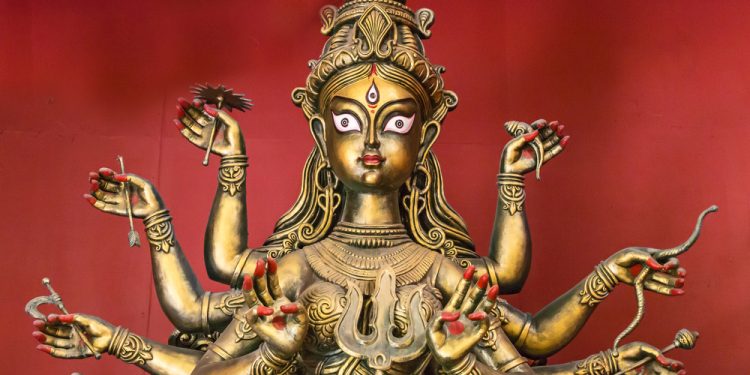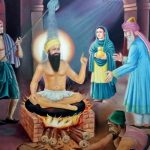
Durga Puja
Durga Puja is an annual Hindu festival that lasts for ten days. It is an important festival in West Bengal, India, which is used for the ceremonial worship of the Mother Goddess, otherwise known as Goddess Durga. It is celebrated over the course of 5 days, from the sixth day of Ashwin through the tenth day of Ashwin. This festival marks the victory of the Mother Goddess over Mahishasura. This holiday is often marked with periods of feasting and fasting, worship of Goddess Durga, and the use of a lot of color and pageantry.
History of Durga Puja
The history of this holiday can be traced all the way back to the Middle Ages. The first recorded one was done during the late 16th century. However, at that time, most of the public celebrations that were done were done at the residences of private citizens. It wasn’t until 1790 that a public festival was launched by twelve friends in Hooghly, West Bengal. This began to evolve over the years with some of the festivals occurring on private property and some occurring in public, although the first true community Durga Puja didn’t occur until 1910.
During the 18th and 19th centuries, the institution of the Community Durga Puja developed the practices of this festival extensively, and this had an effect not only on the festival itself but also on Hindu Bengali culture as a whole. Research has shown that during this time, not only were Hindu Bengalis a part of the festivities, but so were the occupying British soldiers who attended these festivals. However, this practice was discontinued in 1840 when a law was passed that prevented British soldiers and government officials from participating in Durga Puja.
Durga Puja History & Traditions
This holiday is celebrated with brightly colored costumes, parades, ritual prayer, and feasts. During this time, devotees make offerings to the goddess. These offerings may include food (known as Bhog) or other forms of gifts. Also during this time, people dance, enjoy music, fast, and enjoy each other’s company.








